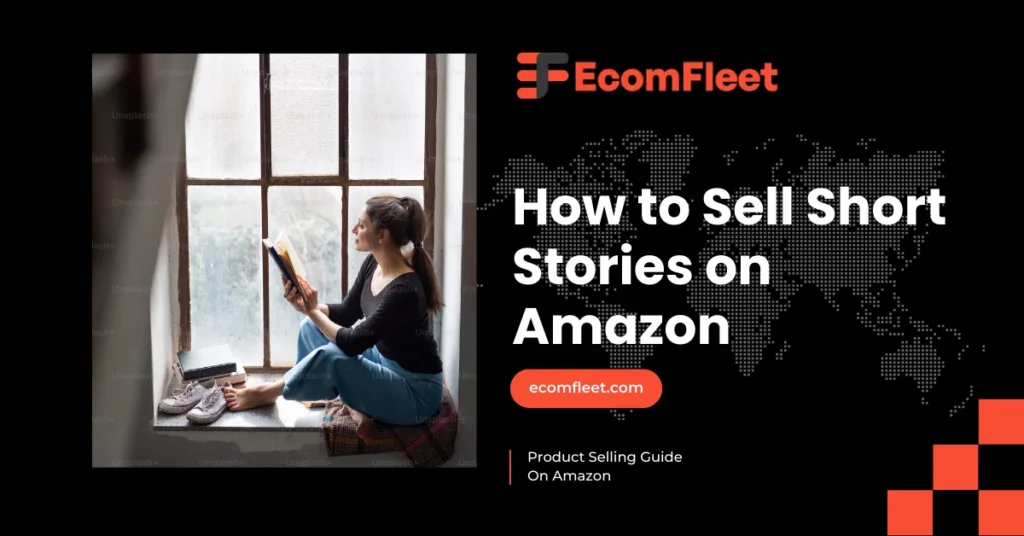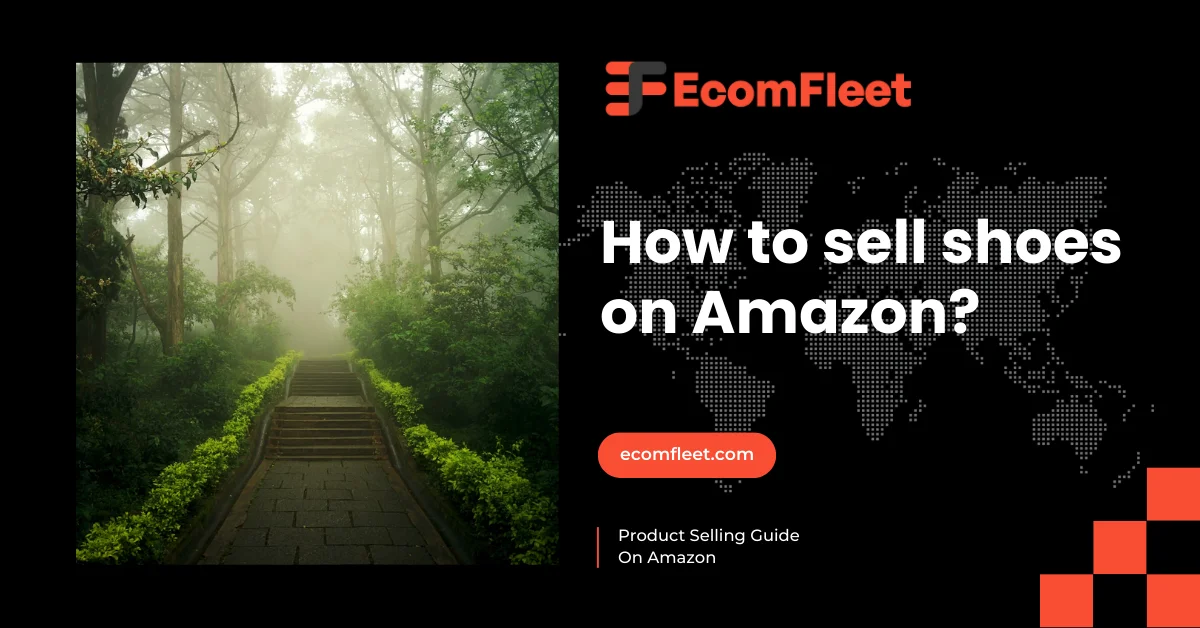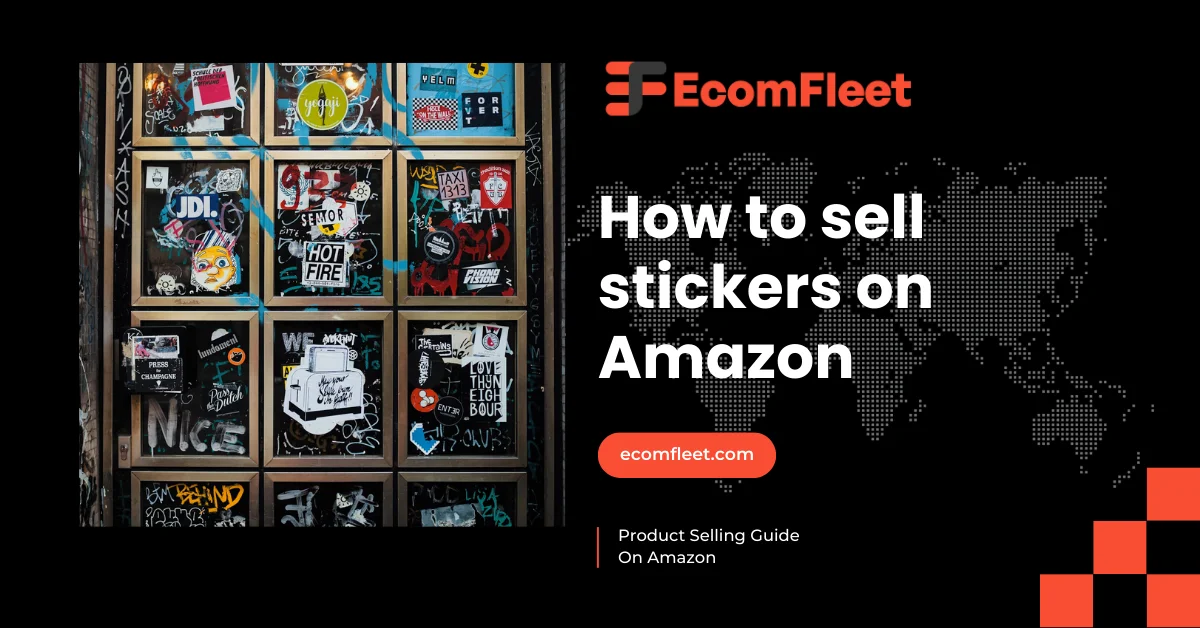Potential Of Selling Short Stories on Amazon
Selling short stories presents a promising opportunity in the United States, especially as e-reading becomes more popular. The rise of digital platforms has made it easier for independent writers to share their work without the need for traditional publishing houses. In the U.S., the e-book market is projected to grow steadily, with more readers opting for convenient and accessible formats, including short stories.
Print book sales figures have improved and unit sales now consistently surpass 700 million per year. With 65 percent of adults having read a print book in the last twelve months.
Amazon plays a crucial role in this trend. It is the largest online book retailer, with millions of users looking for diverse content. The Kindle Direct Publishing (KDP) platform allows authors to publish and sell their short stories easily.
This platform provides authors with tools to format their work and access a wide audience. Additionally, with Amazon’s Kindle Unlimited program, writers can earn royalties based on how many pages readers consume, providing another avenue for income.
Overall, the potential for selling short stories on Amazon is significant, especially for those willing to embrace digital marketing and leverage social media for promotion. For further insights into the e-book market and publishing trends, you can explore resources from Publishers Weekly here.
Choosing the Right Genre for Your Short Stories
Selecting the right genre for your short stories is an essential step in your writing journey. Here are some tips to help you make that choice:
- Identify Your Interests: Begin by reflecting on the genres you enjoy reading and writing. If you love mystery novels, consider writing short stories in that genre. Your passion will shine through in your writing and attract like-minded readers.
- Analyze Market Trends: Keep an eye on current publishing trends. For instance, genres like fantasy, romance, and thrillers are popular among readers. Use tools like bestseller lists or genre pages to see what’s trending. Detailed market analysis can help you identify which genres are currently thriving.
- Experiment with Different Genres: Don’t be afraid to explore multiple genres. Writing in different styles can help you find your unique voice. Many authors have started in one genre before successfully transitioning to another.
- Consider Your Audience: Think about who you want to reach with your stories. Each genre has its audience, and understanding their preferences can guide your decision. Look at reader reviews and discussions to gather insights on what readers enjoy.
- Seek Feedback: Share your stories with writing groups or online communities. Constructive criticism can help you determine if your chosen genre resonates with readers. Platforms for writers to receive and provide feedback can be beneficial in this process.
Uploading and Understanding the Kindle Direct Publishing (KDP) Platform
Kindle Direct Publishing (KDP) is Amazon’s self-publishing platform that empowers authors to upload and distribute their e-books and paperbacks easily. To start, create an account on the KDP website. Once you’re logged in, you can begin by selecting “Create a New Title” and filling in essential information, such as your book’s title, author name, and an engaging description that captures the essence of your story.
Next, upload your manuscript and cover. KDP accepts various file formats, including DOCX, EPUB, and PDF. Ensuring that your book is formatted correctly is crucial for achieving a professional look. KDP offers helpful guidelines and templates to assist you with this process, making it easier for you to create a visually appealing product.
Choosing the right pricing strategy is vital for your book’s success. You can select between the 35% and 70% royalty options, depending on your book’s price and distribution choices. After publishing, KDP provides tools to track sales and analyze your book’s performance
Formatting Your Short Story for Kindle
Formatting your short story for Kindle is essential to ensure a professional appearance and enhance the reader’s experience.
Document Setup
First, start with a clean document using software like Microsoft Word or Google Docs. Set the page size to 6” x 9”, a standard size for Kindle books.
Font and Margins
Next, use a simple font like Times New Roman or Arial, sized at 11 or 12 points. Keep your margins at 1 inch on all sides. Make sure to include a title page with your story’s title and your name centered on the page.
Creating a Table of Contents
Following the title page, include a table of contents, which will help readers navigate your story easily.
Paragraph Formatting
When it comes to formatting paragraphs, use indentation for the first line and ensure consistent spacing between lines. Avoid extra spaces between paragraphs to maintain a clean layout. Add page breaks at the end of each chapter to separate them clearly.
File Preparation for KDP
Lastly, save your document as a .docx or .epub file before uploading it to Kindle Direct Publishing (KDP). This ensures compatibility with Kindle devices.
Design Eye-Catchy Book Covers
Creating an eye-catching book cover is crucial for attracting readers and conveying the essence of your story. The first step is to choose the right color palette. Colors evoke emotions; for example, vibrant colors can suggest excitement, while muted tones might indicate seriousness. Tools like Adobe Color can help you find harmonious color combinations.
Next, select a suitable font that aligns with your book’s genre. A whimsical font may be perfect for children’s stories, while a bold, minimalist font might suit a thriller. Ensure the text is legible, even in thumbnail size, since most readers will first see your cover in that format.
Imagery is another essential element. Use high-quality images or illustrations that represent the main themes or characters of your story. Websites like Unsplash or Shutterstock offer great resources for professional images.
Finally, don’t forget about the importance of space. A cluttered cover can confuse potential readers. Keep the design simple, focusing on a few key elements to make your cover stand out
Utilizing Social Media for Book Promotion
Promoting your book on social media is an effective way to reach a larger audience and engage with potential readers. Start by choosing the right platforms where your target audience is most active. For example, Instagram and TikTok are popular among younger readers, while Facebook and Twitter cater to a more diverse age range.
Creating engaging content is key. Share behind-the-scenes glimpses of your writing process, snippets from your book, or even character sketches to build interest. Use eye-catching visuals and engaging captions to attract attention. According to a study by the Social Media Examiner, 93% of marketers use visuals to engage audiences, emphasizing their importance in promotions.
Additionally, consider joining writing groups or book clubs on these platforms. Networking with other authors and readers can help you gain visibility and find potential collaborators for promotions. Participate in discussions and offer valuable insights to establish your presence.
Utilizing paid advertising on platforms like Facebook and Instagram can also enhance your reach. These platforms allow for targeted advertising, ensuring that your book is promoted to users who are likely to be interested in your genre.
Do Amazon Marketing or Hire An Amazon Consultant
Effective marketing on Amazon is crucial for standing out in a competitive marketplace. A well-designed Amazon storefront can enhance your brand’s visibility and create a cohesive shopping experience. This includes using professional visuals, clear product descriptions, and engaging content to showcase your offerings.
Another key aspect is Amazon PPC (Pay-Per-Click) advertising. This strategy helps you reach a targeted audience and drive traffic to your products. By bidding on relevant keywords, you can increase your product’s visibility and potentially boost sales. Understanding how to optimize PPC campaigns can be challenging, which is where hiring an Amazon consultant can be beneficial. They can provide tailored strategies, analyze data, and help you navigate the complexities of the platform.
EcomFleet specializes in helping businesses optimize their Amazon marketing efforts. With their expertise, you can streamline your selling process and improve your overall sales performance. If you’re ready to enhance your Amazon presence, consider reaching out to EcomFleet for a consultation.
Hire Ecomfleet to Skyrockets your Amazon sales
If you are unsure where to start or need expert help, consider reaching out to Ecomfleet. Our experienced consultants can help your coffee brand thrive in a competitive market. Let us handle the details so you can enjoy the rewards of your hard work.
Networking with Other Authors for Collaborations
Networking with other authors can open doors to valuable collaborations that enhance your writing journey. Building relationships with fellow writers allows you to share experiences, resources, and insights, which can be incredibly beneficial. Start by joining online platforms such as Facebook groups, Reddit communities, or writing forums where you can connect with other authors in your genre.
Participating in local or virtual writing workshops and author events can also help you meet like-minded individuals. These gatherings foster an environment for sharing ideas and forming partnerships. Collaborative projects, such as anthologies or co-hosted events, can expand your reach and introduce you to new audiences.
Additionally, leveraging social media platforms like Twitter and Instagram can help you connect with authors and engage with their work. Consider using hashtags related to writing and authorship to discover potential collaborators.
Moreover, don’t underestimate the power of email outreach. Craft personalized messages to authors whose work you admire, expressing your interest in collaboration. Networking not only provides support but also encourages creativity and growth in your writing
Engaging with Readers Through Reviews and Feedback
Engaging with readers through reviews and feedback is essential for building a loyal audience and improving your writing. When readers leave reviews, they not only express their thoughts on your work but also contribute to the broader conversation about literature. Positive feedback can boost your confidence and motivate you to continue writing, while constructive criticism can provide valuable insights for future projects.
Encouraging readers to leave reviews can be done through various channels. Include a call to action at the end of your book, asking them to share their thoughts on platforms like Amazon or Goodreads. Engaging with readers on social media also allows for direct interaction, where you can respond to comments and thank them for their support.
Moreover, utilizing reader feedback for improvement is crucial. Analyzing reviews can highlight common themes, strengths, and areas needing enhancement in your writing. Research shows that authors who actively engage with their audience are more likely to receive positive feedback and build a community around their working reader engagement through reviews fosters a sense of connection and accountability, enriching your writing journey.
Conclusion
Selling short stories on platforms like Amazon offers a unique opportunity for writers to reach a broad audience and potentially earn a steady income. By choosing the right genre, effectively using Kindle Direct Publishing, and engaging with readers through feedback, authors can maximize their chances of success. Networking with other writers and utilizing social media for promotion also play crucial roles in building a readership.
Frequently Asked Questions
- How do I determine the right genre for my short stories?
Choosing the right genre involves researching market trends, understanding reader preferences, and considering your personal interests and strengths as a writer. Tools like Amazon’s best-seller lists and genre-specific reader groups can provide insights.
- What are the steps to publish my short stories on Amazon?
The process includes formatting your story, creating an eye-catching cover, and uploading it through Kindle Direct Publishing (KDP). Ensure you follow Amazon’s guidelines for best results.
- How can I effectively promote my short stories?
Utilizing social media platforms, engaging with readers through email newsletters, and participating in online writing communities can significantly enhance your book’s visibility.
- What should I do if I receive negative reviews?
Negative reviews can be disheartening, but they also offer valuable feedback. Consider them an opportunity for growth, and engage constructively with your readers if possible.


















